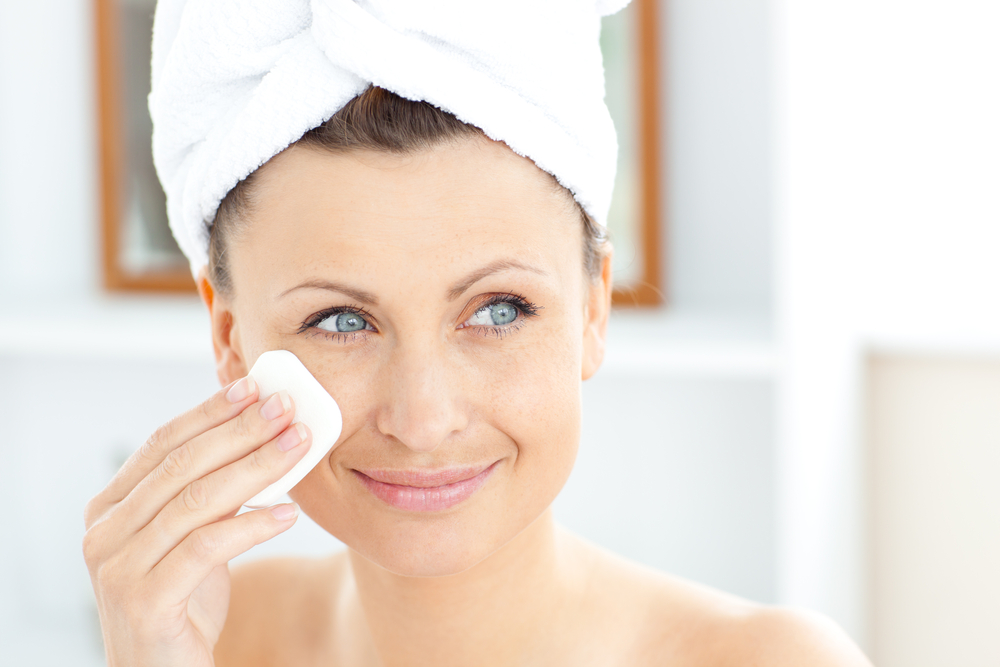What is Corneotherapy?

Your skin, as your largest organ, is highly complex. It is your body’s constant shield against outside influence that can hurt the body and as a result, tends to absorb a lot of damage each day. Fortunately, it also has integrated ways in which it can heal itself and remove any sign of true damage. These systems are a lot more powerful when we’re young, but they’d always with us to one degree or another. That our skin has to act as a defender all the time necessarily means we all start having problems when its job is compromised. That’s where corneotherapy comes into play. It is a method for helping to work against sources of inflammation in your skin. The idea is to figure out the source of the problem and soothe it quickly. It makes perfect sense, of course, but the method by which corneotherapy approaches the principle is what helps set it apart from its peers.
Understanding Your Skin
To understand the ideas in corneotherapy, we need to briefly talk about how human skin functions. It is composed of several layers that all have their own collective functions that help to keep the skin functioning as it should. The outermost layers is the stratum corneum. It is largely composed of multiple small layers of dead skin that form a protective, cushioning layer around the rest of your skin. When you’re exfoliating, this is the level you’re thinning to help reduce dullness and increase healthy color. Most of the time the layer is relatively fine even when you’ve thinned it regularly. After all, it is constantly replenished from below. However, it becomes disrupted by illness and age. This eventually leads to various conditions that can cause you difficulties. Corneotherapy is about working against this.
Targeted Yet Untargeted
Corneotherapy’s intent to essentially bolster and fortify the stratum corneum is largely about getting past the inflammation to soothe it and reduce any infections. It doesn’t do this with the kind of products you’d normally associate with that though. Corneotherapy specifically eschews using products with any compounds that might actually irritate the skin further. Instead they opt to use products with compounds that work to support your skin’s natural healing process. Most of these are actually designed to directly mirror substances already found in your skin to guard against any possibility of a negative reaction. The principles of the treatment are about returning your skin to normal from the outside in to help soothe the problem as cleanly as possible. Not using directly targeted agents on the area is a rather different approach than most treatments which strive to attack infections and other issues directly. The indirect approach is garnering more followers though as time goes by.
Not Perfect
It is important to note that corneotherapy is potentially quite useful as a treatment, but like most treatments it isn’t perfect. You’ll generally find that it tends to work well for conditions that are entirely rooted in underlying inflammation. It is less useful when fighting fungal or virulent bacterial infections. This means you’ll generally see it used for things like dermatitis. As a result, you’re more likely to encounter this treatment if you have eczema, rosacea, or a similar skin problem. People are working to figure out what in which the treatments use can be expanded. The potential for further applications doesn’t improve things right now though. This distinction is important as some people are already trumpeting the therapy as the future of skincare and a potential replacement for a lot of conventional treatments. No single therapy can replace everything and believing it can may lead to potentially poor decision making for the treatment of many skin conditions.
Corneotherapy is a useful potential form of treatment that works to soothe the skin. It does it by helping the skin to repair itself. This is a useful approach that should help to reduce potential treatment requirements over time. It isn’t a miracle though. Corneotherapy has area in which it is effective and applications outside of it as still comparatively dubious. Be sure to discuss whether it is applicable to any skin condition you have before telling your dermatologist that you’d like to try it.

